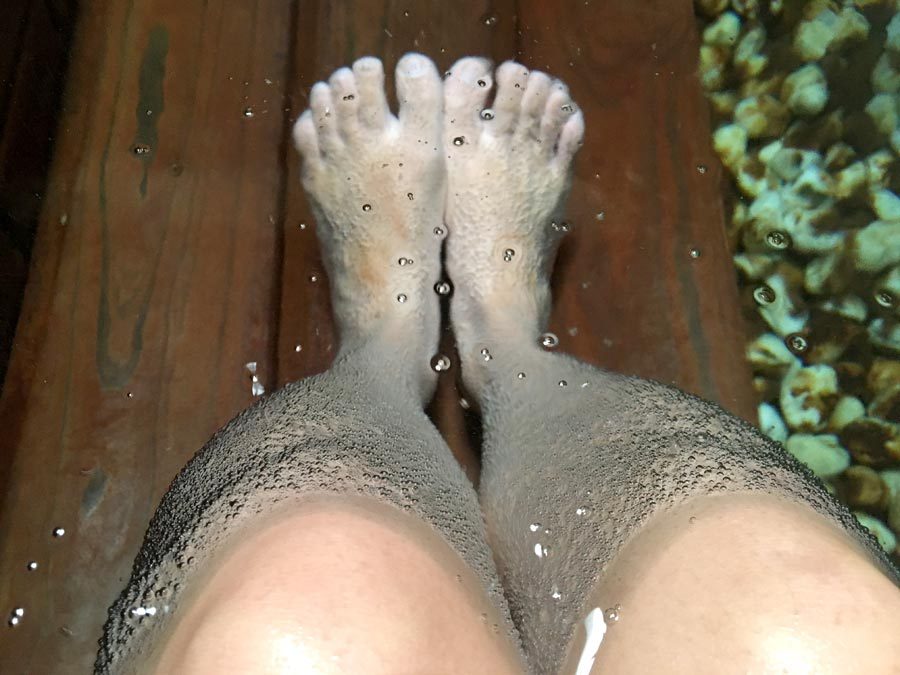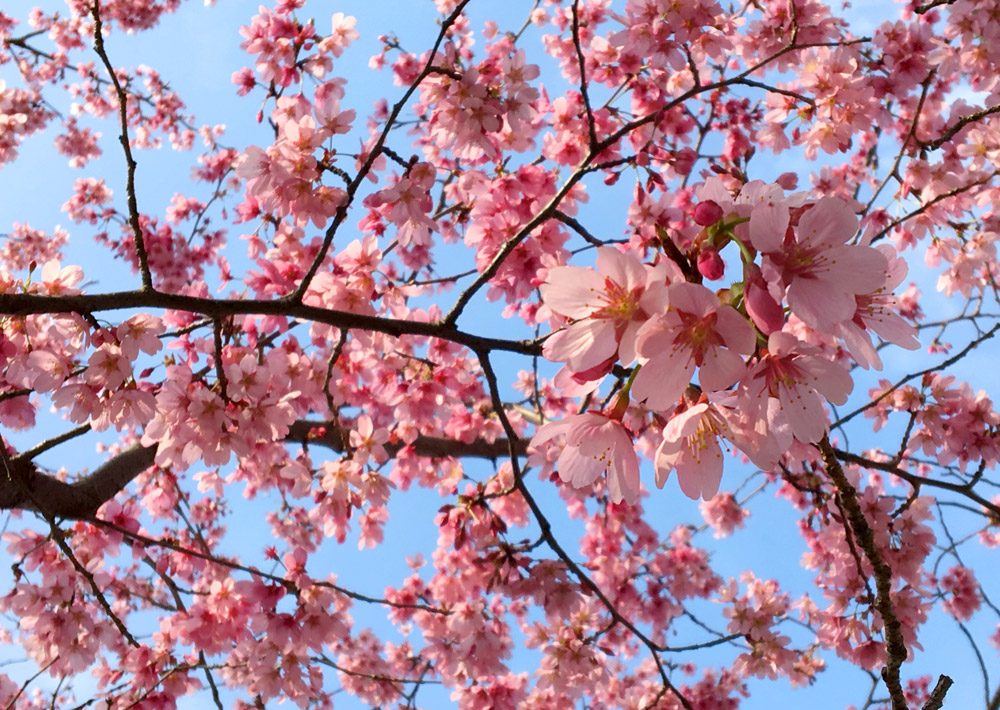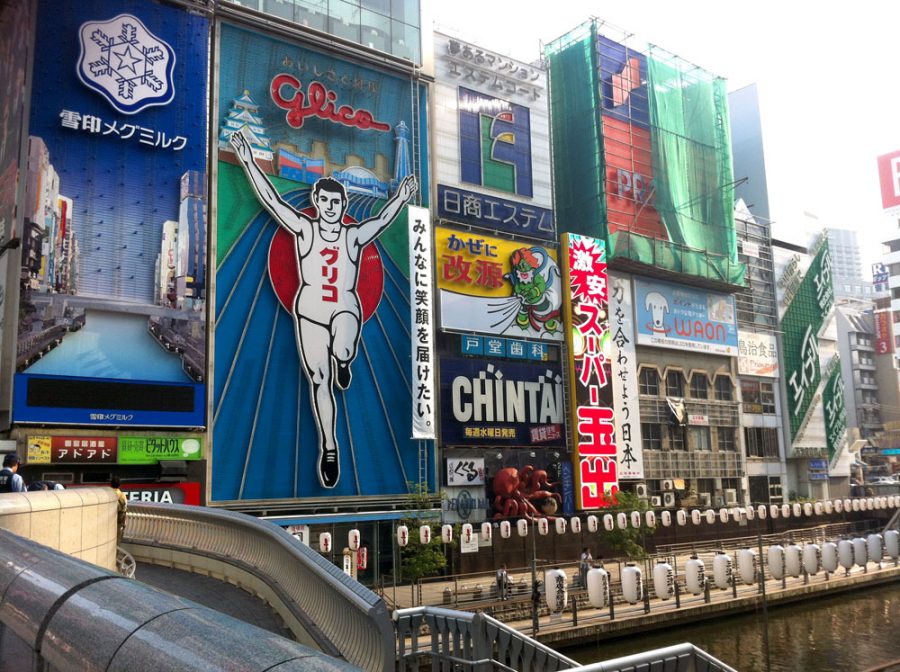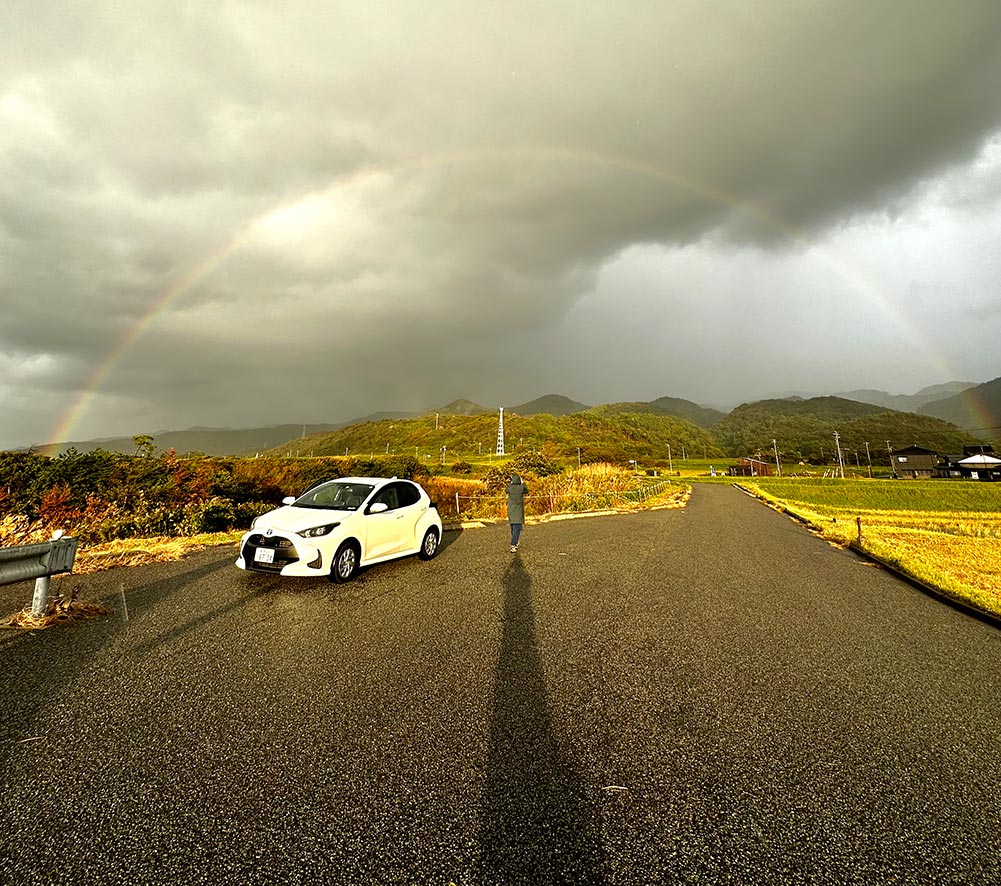Headed to Japan and never had a dip in their famous hot spring baths or Onsen? Here’s what you need about Japan’s onsen bathing etiquette and how to soak in a Japanese onsen for the best experience without inadvertently embarrassing anyone around you (yourself included).
The Japanese onsen experience is one you have to try for yourself – the minerals in the natural hot spring water are believed to help beautify your skin, heal ailments and provide other health benefits, and honestly who doesn’t love a nice hot bath? It’s also an integral part of the Japanese lifestyle so this is one of the best ways to soak in the local culture (pun intended).
I first wrote a version of this article for Go! Girl Guides where I was a contributing blogger
I’m going to walk you step by step as to what the procedures are and what to expect when you enter any onsen in Japan.
Onsens typically have an outer public area and an inner bath area.
Remove your shoes at the entrance
Onsens typically require you to remove your shoes at the entrance – Asians don’t wear shoes into their house, and it also keeps the baths clean.
There are typically shoe racks or lockers for you to put your shoes in by the entrance, sometimes there are slippers you can use as well. If there is a shoe locker with a key, take that key with you and put it with the rest of your belongings when you undress later.
Buy a ticket to enter the baths
In the land of vending machines, most onsens have a vending machine that dispenses tickets for the bath.
If you really can’t figure it out, approach the counter and they can sort you out or help you with the ticket machine.
Public onsens are usually split according to gender, so make sure you pick the right bath to enter.
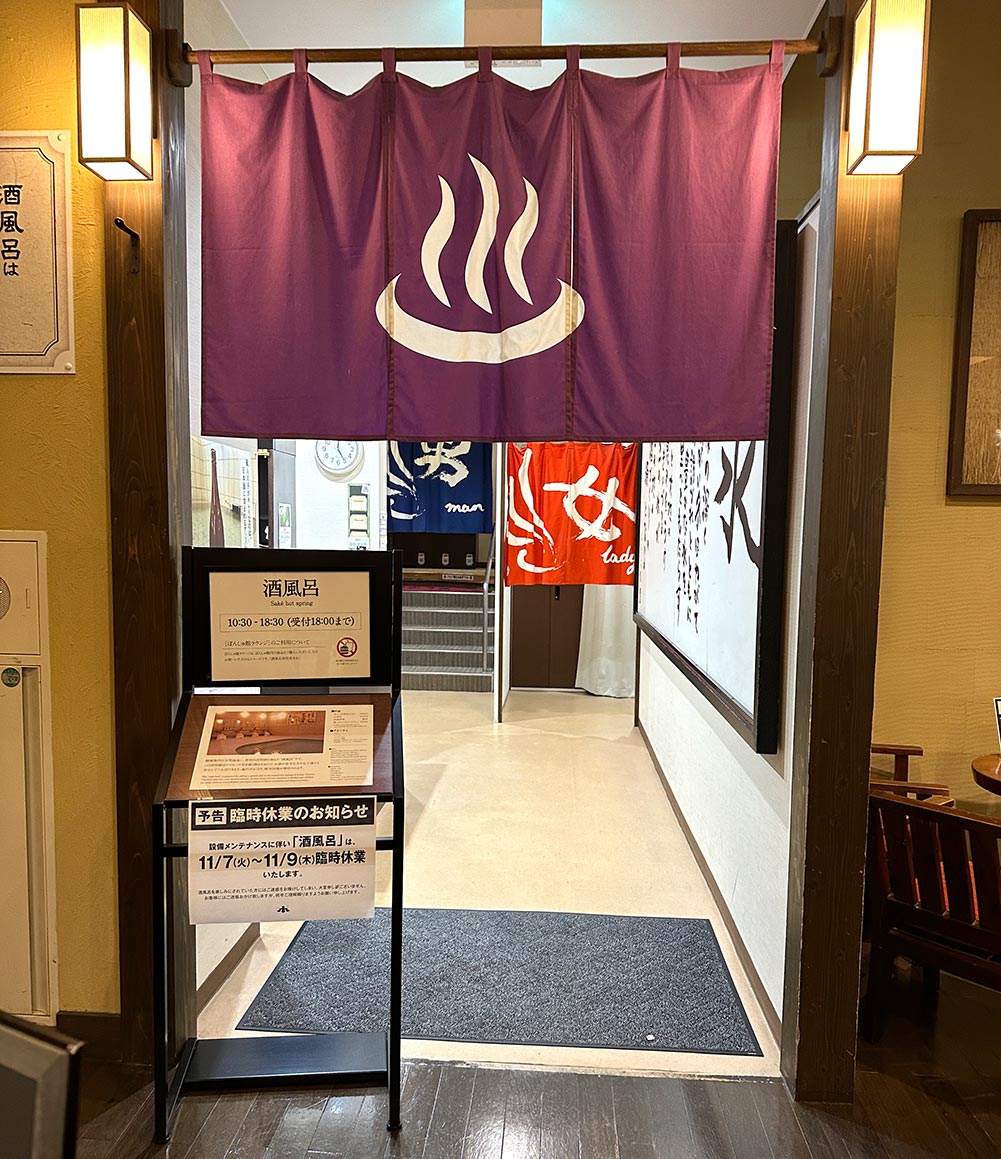
For any onsen that you visit in Japan, there are typically three sections: the robing area, the showers and the actual baths.
Get naked in the robing area
The first room you usually encounter when you enter an onsen is like a gym locker room. This is where you divest yourself of all your clothes and accessories, and change back into them before you leave. There are usually baskets and/or lockers to keep your stuff in as well as a powder room area with hairdryers, lotions and other accessories where you can freshen up before you leave.
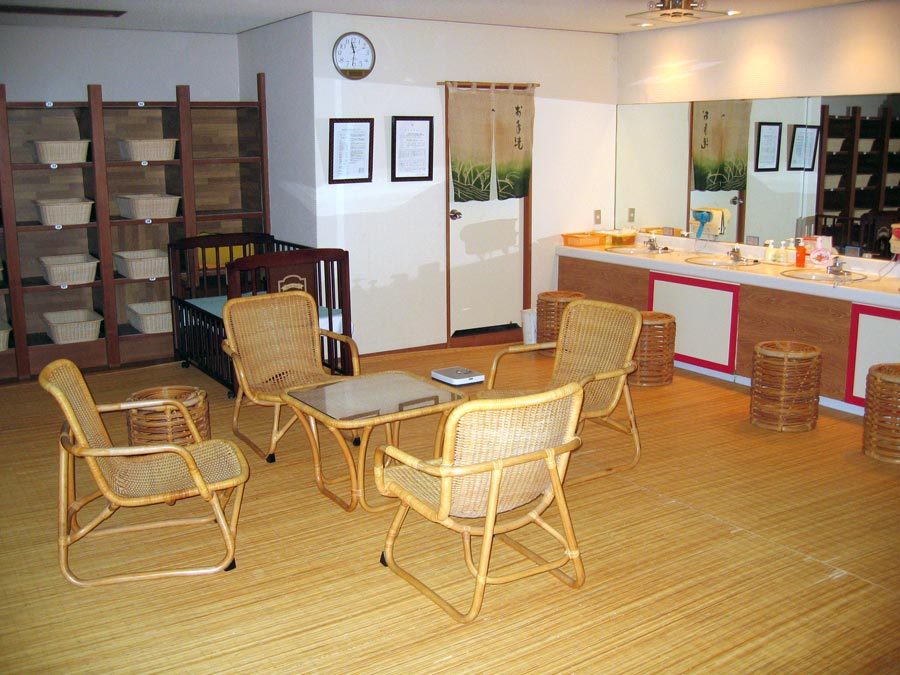
Drop those drawers and lose your modesty because the Japanese style of bathing is to go stark naked, none of that towel wrapping that you see on Japanese TV shows. The thinking is that clothes introduce dirt into the pools, that’s why they are not allowed in the water. Most baths are segregated by gender so there’s really no need to be embarrassed.
The nudity in the Japanese Onsens was definitely a bit surprising for me because I first encountered hot springs in Taiwan, where you are required to be in a bathing suit in the public baths whether indoor or outdoor. Still, I got over my initial awkwardness quite quickly – you spend most of your time in the water anyway, and most of the people there aren’t supermodels so there’s no need to be body-shy.
Remember to take out your accessories as well, especially the metal ones, as you don’t know how they might react with the minerals in the hot spring water.
I was a little awkward about it the first few times, but soon realised that no one really takes any notice of anyone else, you are all in the same (naked) boat after all and everyone pretty much goes about their own business. So follow that cue and as curious as you might be, try not to stare too openly at other people.
If privacy is an issue though, there is the option of finding private bath cubicles or hot spring hotels with private facilities where you can soak in peace. Japan has some pretty awesome Onsen hotels and if you’re willing to pay, you can have a pool all to yourself, right in your room.
Clean up at the seated showers
Like swimming pools, you are expected to clean yourself before entering the onsen pool. There will usually be a row of stools by the bath area where you can rinse off before and after entering the pools.
Not sure if it’s an accessibility thing, but the showers are usually seated so there will always be a stool so you can sit down and clean yourself. There is hot and cold water, and amenities like shampoo, conditioner and soap are also provided.
I usually take a proper shower at the end of my bath as well though some people don’t so as to preserve the nutrients from the hot springs on your skin.
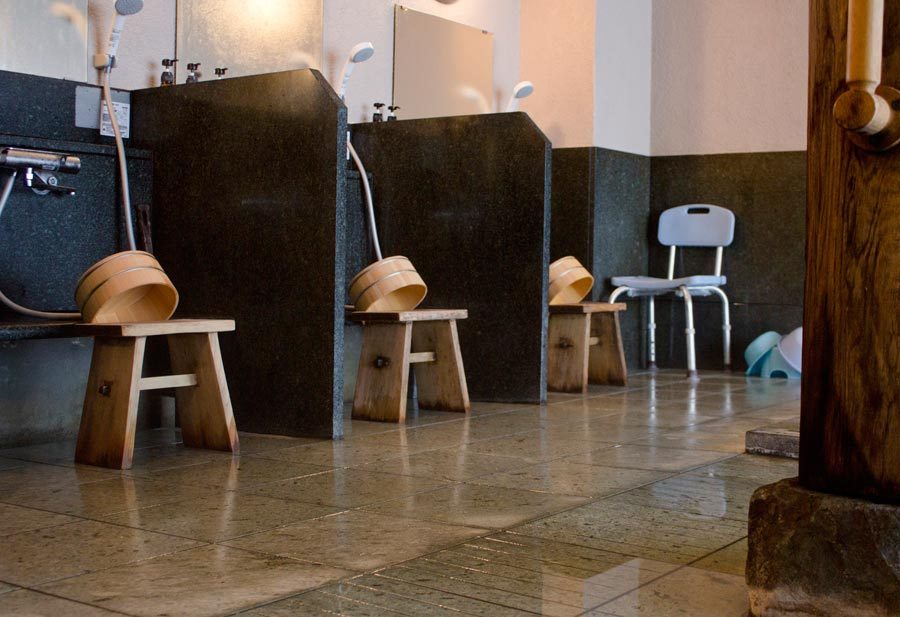
Soak and relax in the baths
Finally naked and clean, it’s time for you to have a soak. For most onsens, the waters have temperatures ranging anywhere from 38 to 40ºC. Larger onsens usually have more than one pool with different temperatures or mineral content. Overall onsen pools are usually fairly shallow, and often have slabs for sitting on or leaning so you can lounge and soak in peace.
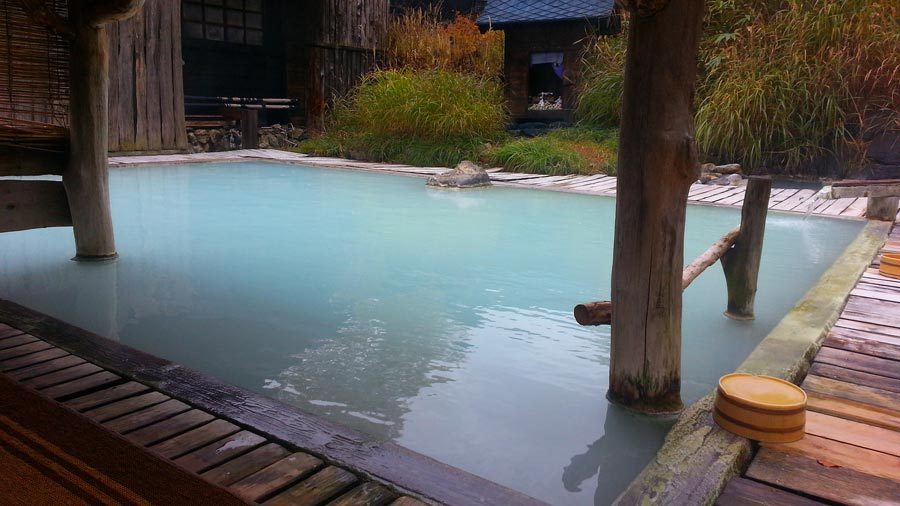
Enter the water in a relaxed way – don’t go in too quickly or the sudden change in temperatures might make you faint. Start off by sitting at the edge and sticking your feet in first to get used to the temperatures. Once your body has settled, slowly start lowering yourself into the pool until you are comfortable. Some people splash the water on their body first before lowering themselves into the water.
Keep an eye on the clock – there is usually one in the onsen area. You don’t want to soak for too long as that can make you faint. Alternate 10-20 minutes in and out of the hot water so you don’t overheat. If you start to feel woozy or light headed, get out of the pool and let your body cool down before you try again.
Some tips I’ve had from seasoned bathers: One way to counter the lightheadedness is to place a little towel soaked in hot water on the top of your head to ‘balance’ the temperature from head to toe. While you can’t bring in big towels, you can usually bring a small towel with you to the pools, but refrain from using it like a washcloth. Another suggested keeping the chest out of the water (i.e. your lungs) so you don’t have difficulty breathing.
Onsens are such a godsend for aching bodies and especially in freezing cold winter weather – your body straight out of the bath feels toasty warm and you are invincible against the cold for a few minutes because your body is still so warm. If you are thinking about skiing in Japan, an Onsen is HEAVEN to come back to after a long day out on the slopes.
What you need to onsen in Japan
Essential
Bath towel: You’ll want a clean towel to dry off when you bathe after emerging from the onsen. Some onsens sell small towels in case you forget to bring one, and you can either purchase them from the counter or the ticket vending machine.
Non-essential
Small towel: some people like to have a small towel with them as they onsen to keep their hands dry, or to soak and put on their heads so they feel less woozy.
Change of clothes: This is if you rather not put on your day clothes after bathing. I usually don’t bother and just rewear my clothes.
Shampoo, soap, facial wash, comb: the onsens typically provide these, but if you are particular about the brands you use, then bring along your own bottles
Headed to Japan soon? Check out all my Japan articles, or if you’re headed to neighbouring Taiwan instead, check out some of my favourite hot springs in Taiwan, like this outdoor hot spring facing the sunrise on Green Island, and a rare cold spring in Su Ao.

